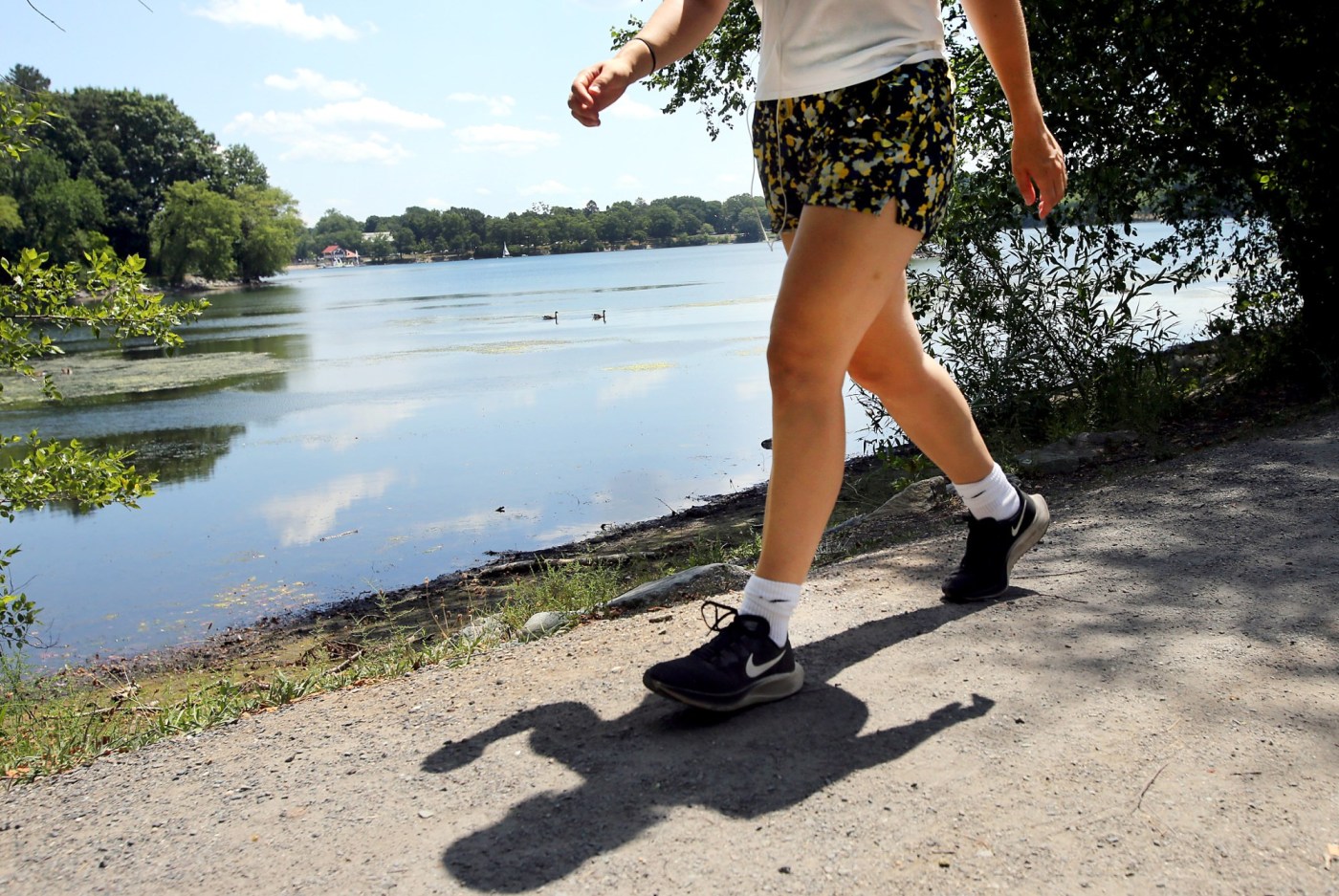A recent study conducted by researchers at Mass General Brigham has revealed that taking just 4,000 steps one or two days a week can significantly improve health outcomes for older women. The findings indicate that this modest level of physical activity is associated with a 27% lower risk of cardiovascular disease and a 26% lower risk of death compared to those who do not reach this threshold.
The study focused on a cohort of 13,574 older women, with an average age of approximately 72 years, who were part of the Women’s Health Study at Brigham and Women’s Hospital. Researchers utilized ActiGraph GT3X+ accelerometers to monitor their step counts over the course of a week from 2011 to 2015. Over the following decade, they tracked the participants’ health, specifically noting instances of cardiovascular disease and mortality.
According to I-Min Lee, an epidemiologist and senior author of the study, the results highlight an increasingly important understanding of physical activity in light of modern lifestyles. “In countries like the United States, advances in technology have made it such that we don’t really move very much, and older individuals are among those least active,” Lee noted. She emphasized the need for realistic health goals, stating, “It’s increasingly important to determine the minimum amount of physical activity required to improve health outcomes.”
Health Benefits of Minimal Activity
The researchers categorized the participants based on their step counts, specifically looking at those who achieved 4,000, 5,000, 6,000, or 7,000 steps weekly. Notably, women who reached the 4,000-step mark even one or two days a week demonstrated significant health advantages. Those who consistently achieved this goal three or more days per week saw their mortality risk decrease further, reaching a 40% reduction.
Interestingly, the study found that the total volume of steps taken was more important than the number of days those steps were achieved. This means that women could either maintain a consistent daily step count or engage in sporadic walking throughout the week and still enjoy similar health benefits.
Future Research Directions
The implications of these findings suggest a potential shift in physical activity recommendations, particularly for older adults. Rikuta Hamaya, the lead author, expressed hope that these results will influence future guidelines. “I hope our findings encourage the addition of step count metrics to physical activity guidelines, including the upcoming 2028 U.S. Physical Activity Guidelines,” Hamaya stated.
The researchers also noted the importance of studying diverse populations in future research, as their current findings were primarily based on older, American, mostly white women. They aim to explore whether lower step counts could yield similar health benefits for other demographics.
In conclusion, this study underscores that even a modest increase in physical activity, such as achieving 4,000 steps once or twice a week, can lead to considerable health improvements for seniors. As society becomes increasingly sedentary, these findings offer a viable pathway for enhancing health outcomes among older populations.




































































